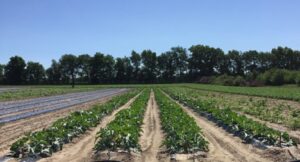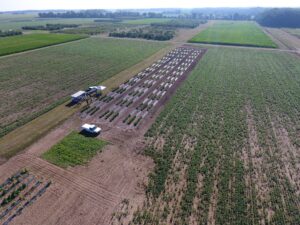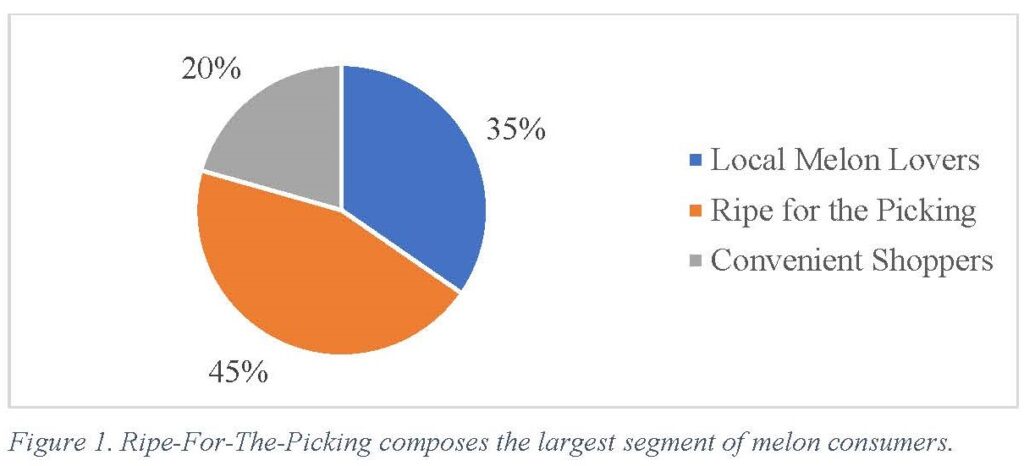I conducted a summer squash (zucchini) variety trial at the Throckmorton Purdue Agriculture Center/Meigs Horticulture Facility, Lafayette, IN, a few years ago (Figures 1 & 2). We evaluated ten varieties with cylindrical fruit shape characteristics. (Table 1). Unfortunately, one variety, Felix, is no longer available. Standard zucchini production protocol was followed. Diseases and pests[Read More…]
Recent price increases and supply chain shortages for fertilizers, chemicals, and energy have impacted farm profitability and viability. As a result, many Indiana farmers are interested in alternative and more sustainable approaches to maintaining crop productivity and building soil health, such as applying composts to their soils. Applying compost to the soil is common in[Read More…]
Welcome to the Vegetable Crops Hotline (VCH), Purdue Extension’s exclusive newsletter for people in the business of growing vegetables. Our outstanding contributing authors have outdone themselves once again. Spring is almost upon us; before we know it, we will be seeding and planting vegetables outdoors. This issue is packed with great information. Information that will[Read More…]
Welcome to the Vegetable Crops Hotline (VCH), Purdue Extension’s exclusive newsletter for people in the business of growing vegetables. As things might change from year to year, so did the newsletter editorship. In December 2023, Wenjing Guan handed the role over to Petrus Langenhoven. “Wenjing, I think I am safe to say that on behalf[Read More…]
“My guess is that almost all are still using a dashboard notebook of some sort in combination, of course, with the farm management information system,” says Dennis Buckmaster, Professor of Agricultural and Biological Engineering at Purdue as well as a Dean’s Fellow for Digital Agriculture, “but some of those records that were handwritten or in[Read More…]
Are you still thinking about varieties for the upcoming season? Purdue has been keeping a record of vegetable variety trials in the Midwest since 1999. The Midwest Vegetable Trial Report series includes reports of applied research relevant to vegetable and melon production in the Midwest. Here are some abstracts of the most recent reports. Visit[Read More…]
NCR-SARE Funded Awards NCR-SARE Announces 2022 Research and Education Awards – February 1, 2023 NCR-SARE is pleased to announce the projects selected for funding for the 2022 Research and Education competitive grant program. Seventeen (17) projects were awarded a total of more than $3.8 million through this NCR-SARE grant program for researchers and educators involved[Read More…]
The Food Systems (FS) Coordinator leads a state extension program with the main focus on realizing value-added opportunities for local food systems. These systems include clusters of producers, processors, distributors, sellers, consumers, and supporting organizations that have proven to enhance the rural and urban economy, the environment, food access and nutrition, and strengthen producers and[Read More…]
The Department of Horticulture and Landscape Architecture successfully presented the 2022 Indiana Horticulture Conference Webinar Series between February 1 and March 1, 2022. We delivered 18 educational hours to 785 attendees from 19 States and Puerto Rico. We also had several international attendees. The co-chairs Petrus Langenhoven, Stephen Meyers, Lori Jolly-Brown, and Nathan Deppe would[Read More…]
The average American eats almost 9 pounds of cantaloupe and 2 pounds of honeydew each year (Agricultural Marketing Resource Center, 2018). An increased melon consumption is mainly explained by consumer awareness of melon health benefits, year-round availability, creative marketing strategies, and improved cultivars. To address these economic opportunities, retailers, growers, and other industry stakeholders should[Read More…]





